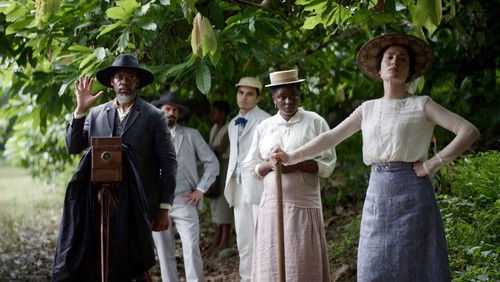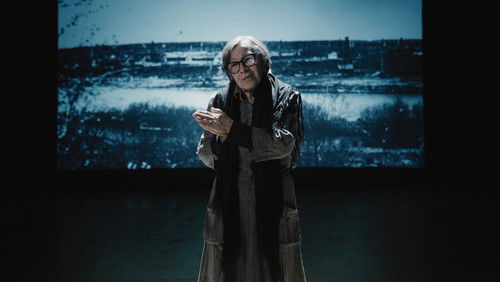Das verheimlichte Kind (1979)
53KDas verheimlichte Kind: Directed by Philippe Garrel. With Anne Wiazemsky, Henri de Maublanc, Xuan Lindenmeyer, Cécile Le Bailly. Four chapters based on the birth of a ‘secret child’, or a film, with chapter titles: “La séction Césarienne” (Caesarian section: a descriptive detail introducing the mother); “Le dernier guerrier” (the last warrior: how the father sees himself); “Le cercle ophydique” (the serpent’s closed circle: the couple reunites at the psychiatric ward); “Les forêts désenchantées” (unfairy forests: the film in the making).
“I got my first camera a chunky Voightlander – when I was 18. I used to develop and print roles of black and white film all night long in the garden shed. It took a while to get it right and so this small but significant section of life is depicted in washed out, contrastless photos that speak of something vague and ungraspable – the present as something already past – and more subtly, of failure and despair.u003cbr/u003eu003cbr/u003eGarrel must have been onto this effect Iu0026#39;ve never seen it used before for thatu0026#39;s exactly what we have here. The blurry, washed-out images are amazingly effective in conjuring up the gentle emotions of almost-ordinary moments. Itu0026#39;s like picking random moments from a particular epoch of your life from ancient tapes, and watching thinking u0026quot;God yes, thatu0026#39;s how it wasu0026quot;, when even the pattern that a lamp made on the wall, or the ordinary creak of a door in a seedy room brings it all back.u003cbr/u003eu003cbr/u003eThereu0026#39;s little coherent narrative or dialogue. A brooding, intense fellow is making a film at times he sees things as if through the camera lens; his girlfriend has a fond attraction to a friendu0026#39;s child; he lapses into drug-induced derangement (stark, wordless hospital scenes of electric shock treatment); she loses her mother and lapses into drugs herself. Clearly these are autobiographical moments from Garrelu0026#39;s life and might be worthless but for the style with which they are represented.u003cbr/u003eu003cbr/u003eWe hear there is only one print of this in the world in Garrelu0026#39;s possession, and it is rarely shown. It was, however, released for a while on DVD in Japan and I was lucky enough to come across one of those (no English subtitles). Itu0026#39;s a special experience that is worth watching and rewatching as you go along, just as you often have to stop and re-read lines of poetry.u003cbr/u003eu003cbr/u003eThis is the vacuity of the past put on film; certain experiences that were so intensely real at the time that they became fictional even in the living of them, and, now remote, can only be grasped in underexposed, badly developed memories.”









